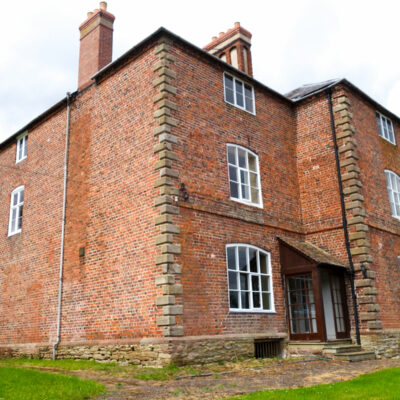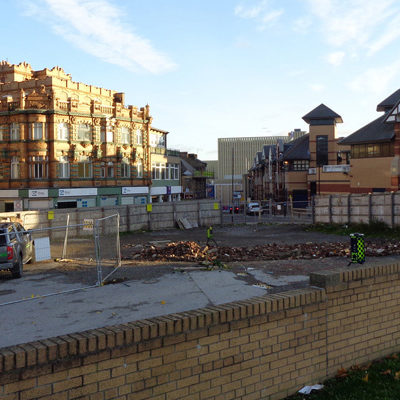Heritage Impact Assessment
What is a Heritage Impact Assessment?
A Heritage Impact Assessment (HIA) considers the impact of new development on historic assets and their setting.
A HIA may be required as part of a planning application, to assess specific impacts on built heritage assets or Conservation Areas as requested by the local council or Historic England.
Distinct from a Heritage Statement, a HIA consists of a more detailed assessment of the potential impact of a proposed development with specific recommendations to mitigate any adverse impacts.
A ‘heritage asset’ may be defined as a building, monument, site, place or landscape identified as having a degree of significance meriting consideration in planning decisions because of its intrinsic heritage interest. It can include designated heritage assets (such as listed buildings, Scheduled Monuments or Conservation Areas) or non-designated heritage assets.
The local planning authority may request a Heritage Impact Assessment to be submitted with a planning application where a proposed development will affect the significance of a heritage asset, in compliance with local planning policy and paragraph 189 of the National Planning Policy Framework (NPPF). The NPPF indicates a heritage statement should be ‘proportionate to the asset’s importance’ and ‘no more than is sufficient’.
Why us?
Border Archaeology has over 25 years’ experience delivering Heritage Impact Assessments for a diverse range of sites, both urban and rural, across England and Wales.
Link to view video
What Happens Next?
Armed with an informed appreciation of any potential Heritage impacts and how to manage them cost-effectively, applicants will be in a stronger position to secure development plans.


















